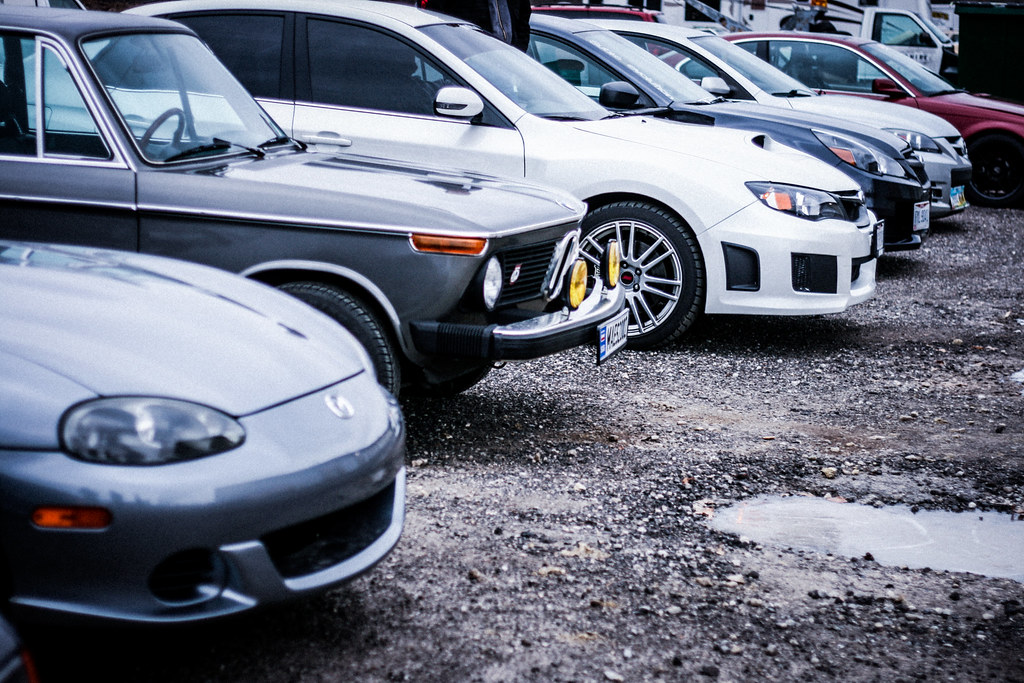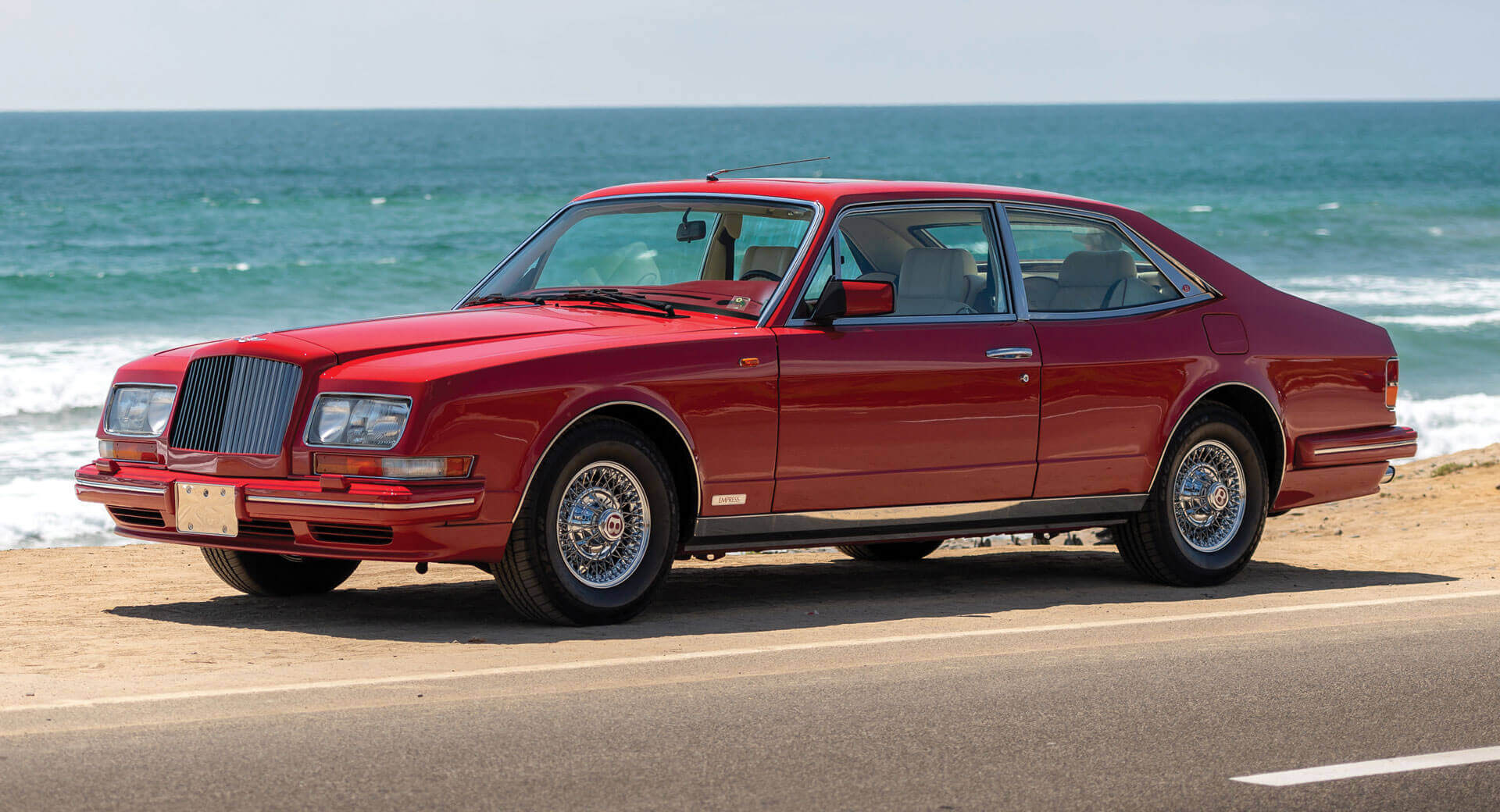
Your car isn’t just a machine; it’s a significant investment, a vital tool for daily life, and a complex piece of engineering that deserves proper care. We often take our vehicles for granted, assuming their robust design can withstand anything we throw at them. While modern cars are certainly more durable than ever, many common driving habits, performed without a second thought, are silently inflicting damage that can lead to costly repairs and significantly shorten your vehicle’s lifespan.
These seemingly minor actions accumulate over time, creating stress on critical components like your engine, transmission, brakes, and suspension. The insidious nature of these habits means you might not notice the immediate impact, but the wear and tear are steadily building up beneath the surface. Eventually, what started as a small oversight can manifest into a major mechanical failure, leaving you stranded and facing a hefty bill.
But there’s good news: recognizing these destructive habits is the first step toward preserving your vehicle. By understanding what you’re doing wrong and, more importantly, how to correct it, you can dramatically extend your car’s life, improve its performance, and save a substantial amount of money on maintenance and repairs. Let’s dive into some of the most pervasive driving habits that are secretly ruining your car and discover how to break them for good.
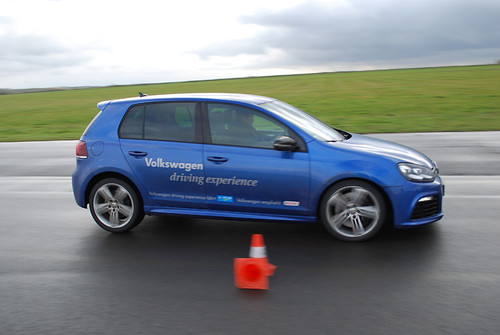
1. **Aggressive Acceleration and Hard Braking**
Few habits are as universally practiced, yet as damaging, as accelerating rapidly and slamming on the brakes. Whether you’re trying to beat a yellow light or making a sudden stop in traffic, these abrupt maneuvers put immense and unnecessary strain on some of your car’s most critical systems. It’s a cycle of stress that quickly wears down components designed for smoother operation.
When you stomp on the gas, your engine, transmission, and drivetrain are forced to cope with sudden bursts of power, accelerating wear on gears, clutches, and engine mounts. Similarly, hard braking generates excessive heat and friction on your brake pads and rotors. This heat can cause brake fade, reduce stopping effectiveness, and even warp rotors, leading to vibrations and compromised safety. These components are designed to absorb gradual forces, not constant, violent impacts.
The consequences extend beyond immediate wear. Over time, repeated aggressive driving can lead to premature transmission failure, drastically shortened brake pad and rotor life, and increased stress on suspension components. This isn’t just about performance; it’s about safety and the integrity of your vehicle’s core mechanics.
To protect your car, cultivate a habit of smooth acceleration and gentle braking. Anticipate traffic flow, leave ample space between your vehicle and the one ahead, and use engine braking or coasting where appropriate to reduce reliance on your friction brakes. Gradual inputs not only extend the life of your car’s vital parts but also enhance fuel efficiency and provide a more comfortable, safer ride for everyone. It’s a fundamental shift in driving style that pays dividends in vehicle longevity and operational costs.
Read more about: A Costly Lesson Learned: 15 New Cars Buyers Would “Unbuy” to Escape Terrible Fuel Economy
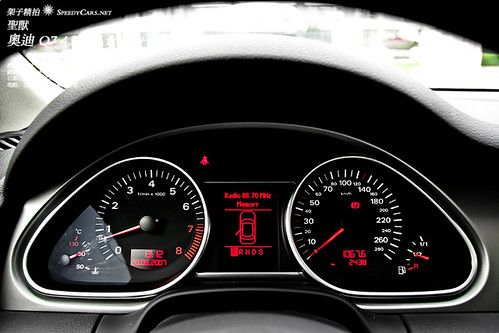
2. **Ignoring Dashboard Warning Lights**
Your car’s dashboard is a sophisticated communication hub, providing vital information about its operational status. Those glowing icons aren’t just decorative; they are critical alerts from your vehicle’s onboard diagnostic systems. Ignoring these warning lights, particularly the “check engine” or oil pressure indicators, is akin to dismissing a direct plea for help from your car.
A warning light signals that something is amiss, ranging from a minor sensor malfunction to a serious mechanical issue that could be deteriorating rapidly. Continuing to drive while a warning light is active can exacerbate the problem, turning a relatively simple fix into a much larger, more expensive repair. For instance, an overlooked low oil pressure warning could quickly lead to catastrophic engine damage.
The cost of procrastination can be immense. What might have been a quick diagnostic scan and a simple part replacement can, if ignored, escalate into a need for major engine overhauls or component replacements. These lights are designed to prevent exactly that kind of scenario by giving you an early heads-up. They are your vehicle’s way of prompting preventative action.
Whenever a warning light illuminates, your first step should be to consult your car’s owner’s manual to understand its specific meaning. If the issue isn’t easily resolvable (like a loose gas cap), schedule an inspection with a qualified mechanic without delay. Addressing these alerts promptly can prevent further damage, maintain your car’s reliability, and ultimately save you from significant financial headaches down the road. Treat these lights as urgent messages, not mere suggestions.
Read more about: Critical Safety Alert: Over Half a Million Ford Edge and Lincoln MKX SUVs Recalled for Brake Fluid Leak Risk
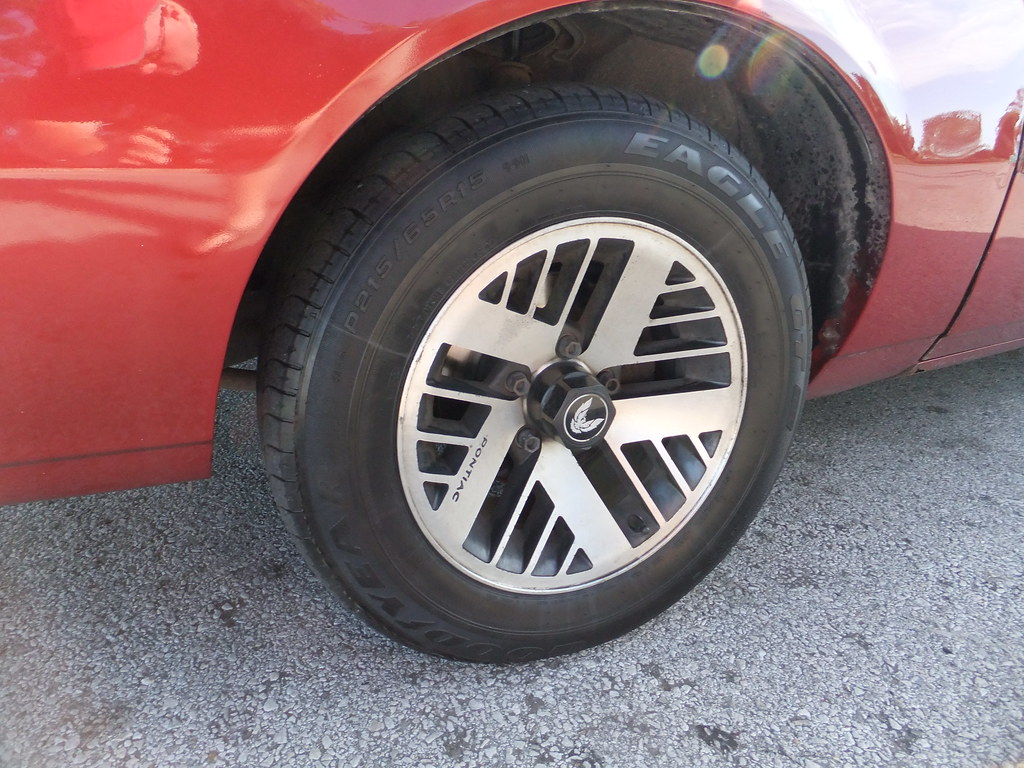
3. **Driving with Low Tire Pressure**
Tires are the sole point of contact between your vehicle and the road, making their condition paramount to safety and performance. One of the most common yet overlooked habits is driving on underinflated tires. This seemingly minor oversight can severely compromise your car’s handling, increase wear and tear on multiple components, and even put your safety at risk.
When tire pressure is below the manufacturer’s recommended level, more of the tire’s surface area makes contact with the road. This increased contact creates greater rolling resistance and friction. The result is accelerated and uneven tire wear, significantly shortening the lifespan of your expensive tires. Furthermore, this added friction demands more power from your engine, directly translating to poorer fuel economy.
Beyond the immediate impact on tires and fuel, low pressure puts undue strain on your car’s suspension system and can throw off its alignment. The sidewalls of underinflated tires flex excessively, generating heat that can lead to blowouts, especially at highway speeds. This compromises vehicle stability, making your car less responsive and increasing the risk of accidents.
To mitigate these risks, make it a regular habit to check your tire pressure. This should be done at least once a month, and always before long trips, using a reliable pressure gauge. Inflate them to the specific pounds per square inch (PSI) recommended in your vehicle’s owner’s manual or on the sticker inside your driver’s side door jamb. Proper tire pressure ensures optimal grip, extends tire life, improves fuel efficiency, and maintains the designed handling characteristics of your vehicle.
Read more about: Nightmare in the Driveway: 10 SUVs Dealers Say They Can’t Move Due to Lingering Issues
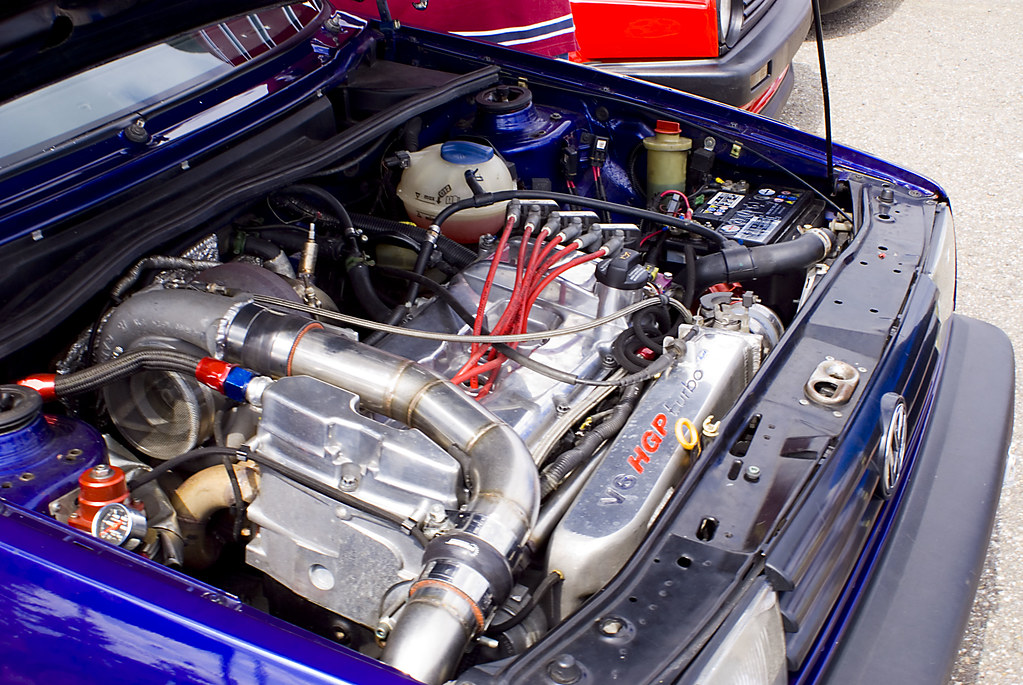
4. **Neglecting Regular Oil Changes**
The engine oil circulating within your car’s motor is its lifeblood, essential for lubrication, cooling, and cleaning internal components. It prevents metal-on-metal contact, dissipates heat, and carries away contaminants. Neglecting regular oil changes, or extending them far beyond the recommended intervals, is one of the quickest ways to induce severe and often irreversible engine damage.
Over time, engine oil breaks down due to heat and contamination, losing its viscosity and ability to effectively lubricate. As its protective qualities diminish, friction within the engine’s moving parts increases dramatically. This heightened friction generates excessive heat and causes accelerated wear on pistons, crankshafts, and bearings, leading to decreased performance and efficiency.
The accumulation of sludge and deposits from degraded oil can also clog critical oil passages, starving parts of the lubrication they desperately need. This can result in permanent engine damage, such as seized bearings or a complete engine seizure, necessitating extremely costly repairs or even a full engine replacement. It’s a preventable catastrophe that stems from a simple oversight.
The solution is straightforward: adhere strictly to your car manufacturer’s recommended oil change schedule, which can be found in your owner’s manual. This schedule considers your vehicle’s specific engine type, the type of oil it requires (conventional, synthetic blend, or full synthetic), and your driving conditions. Regular oil changes ensure your engine remains well-lubricated, runs efficiently, and enjoys a significantly longer, healthier life.
Read more about: Rider’s Guide: Separating Myth from Reality on High-Mileage Motorcycles and What to Know Before You Buy

5. **Overloading Your Vehicle**
Modern cars are designed with impressive carrying capacities, but they are not invincible. A common misstep many drivers make is regularly overloading their vehicle, assuming it can handle any amount of cargo or passengers. This habit, while seemingly innocuous, places immense stress on several critical systems, leading to premature wear and compromised safety.
Exceeding your car’s Gross Vehicle Weight Rating (GVWR) strains its suspension components, including springs, shock absorbers, and tires. The increased weight forces these parts to work beyond their designed limits, causing them to wear out faster, affecting ride quality, and potentially leading to component failure. Furthermore, an overloaded car takes longer to stop and handles less predictably, increasing accident risk.
The drivetrain and engine also bear the brunt of excessive weight. The engine has to work harder to move the heavier load, leading to increased fuel consumption, higher operating temperatures, and accelerated wear on engine components. The transmission, too, is placed under greater stress, particularly if you’re frequently hauling heavy items or driving uphill, which can shorten its lifespan.
Always check your vehicle’s owner’s manual for its specific maximum load capacity, including passengers and cargo. Distribute weight evenly within the vehicle to maintain balance and avoid concentrated stress points. When moving house or embarking on a trip requiring significant cargo, consider lighter packing or alternative transportation for some items. Respecting your car’s weight limits is crucial for its longevity, performance, and your safety on the road.
Read more about: Tire Specialist’s ‘Crucial’ Tips: Double Your Tire Life Without Ever Buying a More Expensive Brand
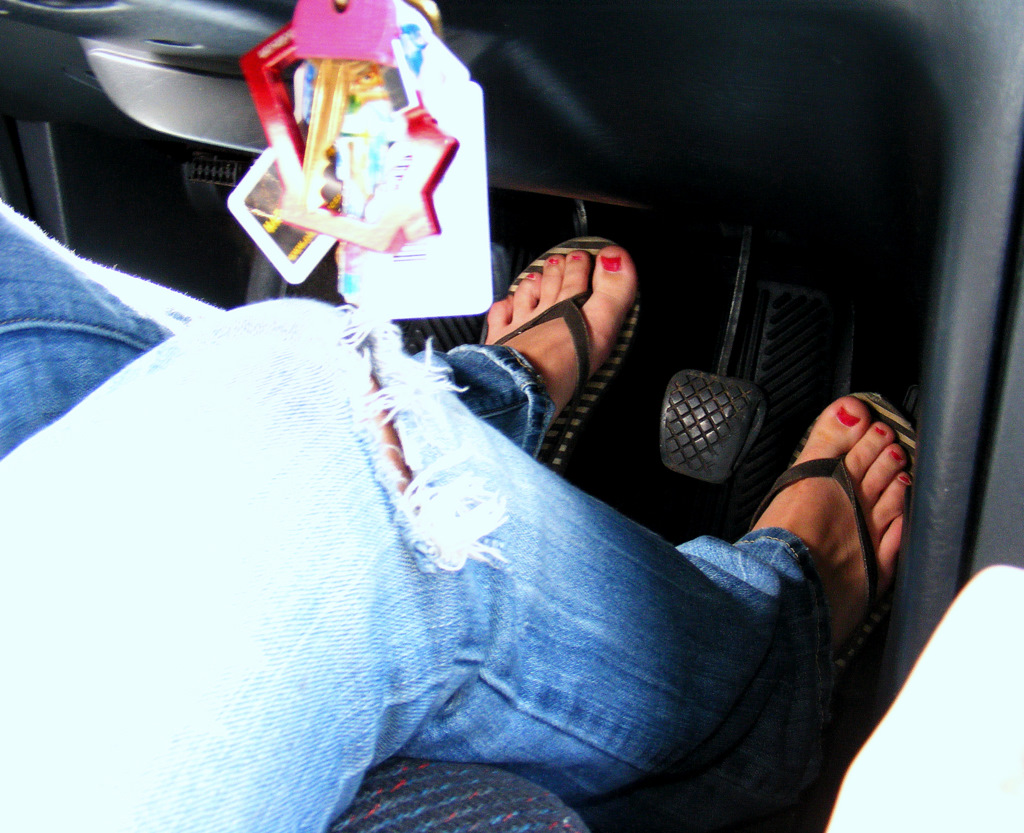
6. **Riding the Clutch**
For those who drive manual transmission vehicles, “riding the clutch” is a particularly destructive habit that can lead to expensive repairs. This refers to the practice of keeping your foot resting lightly on the clutch pedal, even when you’re not actively shifting gears. While it might feel comfortable or allow for quicker shifts, the internal damage it inflicts is substantial.
Even a slight pressure on the clutch pedal causes the clutch disc to partially disengage from the flywheel. This creates constant friction and heat between the clutch components, much like a brake pad constantly dragging against a rotor. This unnecessary engagement rapidly wears down the clutch material, leading to a “slipping clutch” where the engine revs but power isn’t fully transferred to the wheels.
The clutch assembly—consisting of the pressure plate, clutch disc, and release bearing—is designed for intermittent engagement and disengagement. When you ride the clutch, the release bearing is constantly under pressure, and the clutch disc is continuously rubbing. This significantly shortens the lifespan of these components, leading to premature failure that requires a complete, labor-intensive, and costly clutch replacement.
To avoid this costly mistake, always ensure your foot is completely off the clutch pedal when you are not actively changing gears or coming to a stop. When waiting at a red light, shift into neutral and release the clutch pedal. Develop the habit of placing your left foot on the floorboard or a designated footrest. This simple discipline will preserve your clutch, ensuring smooth gear changes and saving you a considerable amount of money on repairs.
Read more about: Rider’s Guide: Separating Myth from Reality on High-Mileage Motorcycles and What to Know Before You Buy
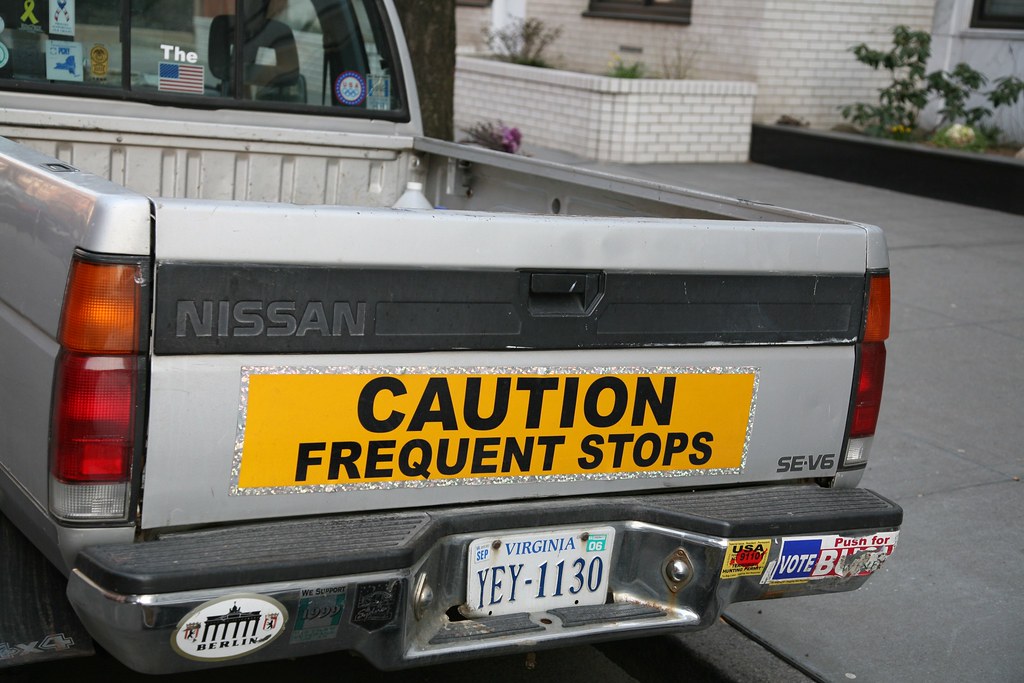
7. **Short Trips and Frequent Stops**
While it might seem efficient to run multiple short errands, the cumulative effect of frequent short trips and constant stop-and-go driving in heavy traffic can be surprisingly harsh on your vehicle. These driving patterns prevent your car’s engine and other systems from reaching optimal operating temperatures, leading to increased wear and reduced efficiency.
During short journeys, your engine doesn’t have sufficient time to fully warm up. When cold, engine oil is thicker and less effective at lubricating moving parts, resulting in higher friction and accelerated wear. Additionally, the combustion process is less efficient, producing more harmful byproducts and condensation that can accumulate in the exhaust system and crankcase, leading to corrosion and sludge buildup.
The constant cycling of stopping and starting also places enormous stress on your car’s braking system and transmission. Brake pads and rotors experience more frequent and intense use, leading to faster wear. Automatic transmissions are constantly shifting gears, and manual transmissions require more clutch engagements, all of which accelerate component degradation.
Whenever possible, try to combine multiple errands into a single, longer trip to allow your engine to reach and maintain its ideal operating temperature. If you frequently face stop-and-go traffic, consider leaving a bit earlier or finding alternative routes to minimize the constant braking and acceleration. Avoiding excessive idling also helps. These adjustments can significantly contribute to your car’s longevity and reduce the frequency of maintenance needs.
Your journey to becoming a more car-conscious driver doesn’t stop with the first seven habits. There are even more insidious practices that, while seemingly minor, are relentlessly chipping away at your vehicle’s health and costing you money in the long run. Let’s delve into these often-overlooked culprits and arm ourselves with the knowledge to keep our beloved machines running stronger, for longer. Understanding these subtle stressors is key to unlocking your car’s full lifespan and preventing unexpected repair bills.
Read more about: Tire Specialist’s ‘Crucial’ Tips: Double Your Tire Life Without Ever Buying a More Expensive Brand

8. **Revving the Engine When Cold**
It’s a common, almost instinctual, reaction for some drivers: jump in the car, fire up the engine, and immediately hit the gas, especially when you’re in a hurry. You might even give it a little rev to ‘warm it up’. This habit, however, is far from harmless and can seriously damage your engine over time, potentially leading to significant issues.
When your engine is cold, the oil inside hasn’t had sufficient time to circulate fully throughout all the intricate moving parts. This means that when you rev a cold engine, the vital components are forced to operate without optimal lubrication. The lack of proper oil coverage results in unnecessary stress and increased friction on critical engine parts, accelerating wear and tear.
Instead of revving, the best approach is to allow your engine to idle for a minute or two after starting, especially in colder weather. This short period gives the engine oil enough time to circulate thoroughly, reaching all the necessary areas and providing proper lubrication. A little patience at the start of your drive ensures smoother operation and significantly protects your engine’s longevity.
Gentle acceleration during the first few minutes of driving also plays a crucial role. Avoiding hard acceleration until your engine has reached its normal operating temperature minimizes stress on the system. It’s a simple, yet effective way to safeguard the heart of your vehicle and prevent premature engine wear.
Read more about: Unearthing Hidden Gems: 13 Forgotten Hot Hatches from the ’70s, ’80s, and ’90s That Still Go Like Hell
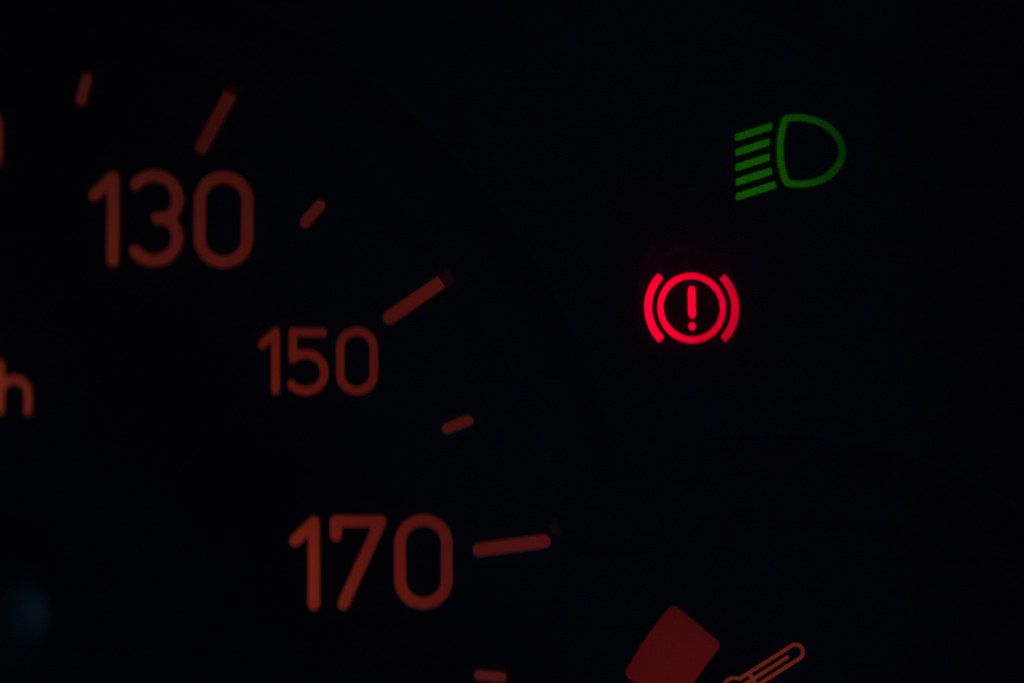
9. **Not Using the Parking Brake**
Many drivers often neglect to use their parking brake, especially when they’re on what appears to be level ground. There’s a common misconception that it’s only necessary on hills or inclines. However, failing to engage the parking brake consistently, even on flat surfaces, can cause unnecessary and cumulative strain on your car’s transmission system.
When you don’t use the parking brake, your car’s transmission, specifically the ‘park pawl’ in automatic vehicles, bears the full weight of the entire vehicle. This continuous, concentrated stress can lead to premature wear and tear on these critical internal components. Over time, this constant strain can manifest as difficulties in shifting out of park or even more severe transmission issues.
Making it a consistent habit to always use the parking brake is a simple yet incredibly effective way to protect your transmission. By engaging the parking brake, you allow it to take the primary load of holding your car in place, thereby relieving the stress on your transmission. This helps to extend its lifespan and maintain its smooth operation.
Think of it as an extra layer of security and preservation for one of your car’s most expensive systems. Always engage your parking brake, regardless of the slope, to ensure your car stays securely in place and to prevent mechanical strain on your valuable transmission components. It’s a small action that delivers significant long-term benefits for your vehicle’s health.
Read more about: Unmasking the Silent Threat: How to Spot a Slow Tire Leak Early, Without a Gauge, Like a Pro
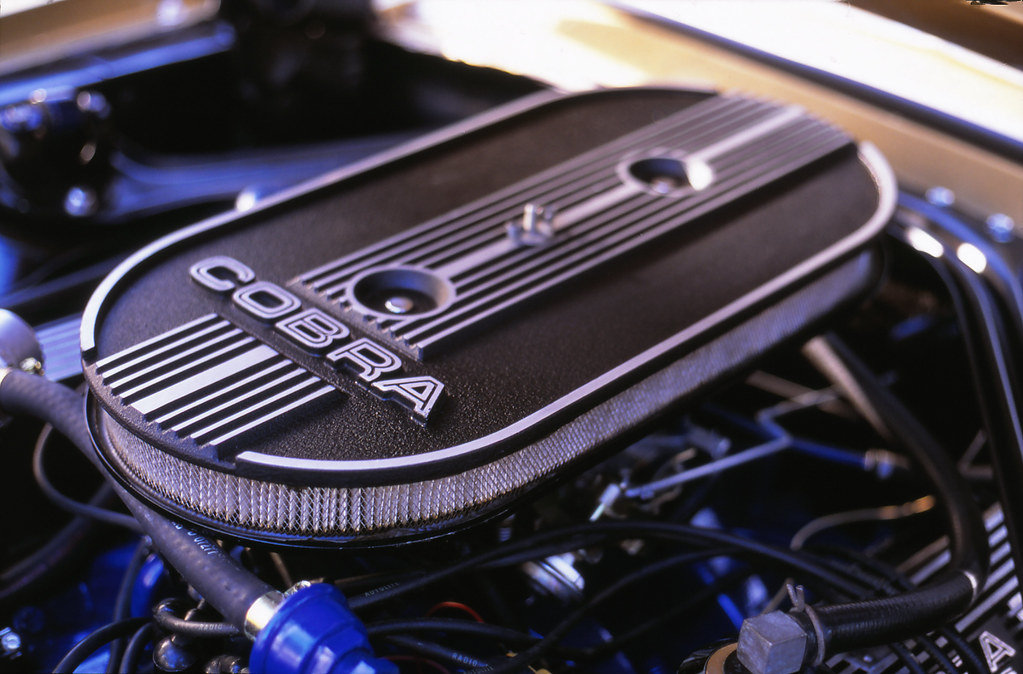
10. **Ignoring the Air Filter**
Often out of sight and out of mind, your car’s air filter plays an absolutely essential role in maintaining the overall health and performance of your engine. Its primary job is to act as a barrier, preventing dirt, dust, debris, and other contaminants from entering the delicate internal workings of your engine. Neglecting this crucial component can have far-reaching negative consequences.
Over time, as your car draws in air for combustion, the air filter inevitably becomes clogged with all the impurities it’s designed to capture. A dirty or blocked air filter restricts the vital airflow to your engine, forcing it to work harder and less efficiently. This reduced efficiency directly translates to decreased fuel economy, meaning you’ll be spending more at the pump for fewer miles.
Beyond just fuel efficiency, a severely clogged air filter can also lead to a noticeable drop in engine power and overall performance. Worse still, if the filter becomes completely saturated or damaged, it can fail to adequately filter the incoming air, allowing harmful particles to enter and potentially cause significant internal engine damage. This can escalate into costly repairs that could have been easily avoided.
To keep your engine running smoothly, efficiently, and protected, it’s crucial to check and replace the air filter regularly. Your vehicle’s owner’s manual will provide a recommended schedule, but it’s especially important to inspect it more frequently if you often drive in dusty, dirty, or polluted areas. A clean air filter ensures your engine gets the clean air it needs to perform its best and live a long life.
Read more about: Owner Alert: These 15 Popular Pickup Trucks Become Budget Breakers After a Decade of Ownership

11. **Resting Your Hand on the Gearshift**
For those who drive manual transmission vehicles, resting your hand lightly on the gear lever might seem like a comfortable and almost natural thing to do. It feels like a convenient place to keep your hand between shifts. However, this seemingly innocuous habit is anything but harmless; it applies a constant, subtle pressure to the internal components of your transmission.
This unnecessary force, even if it feels slight to you, puts undue stress on the selector forks and other intricate moving parts within the gearbox. These components are designed for brief, intermittent use during gear changes, not for continuous contact and pressure. Over time, this constant pressure accelerates their wear and tear, leading to premature degradation.
The long-term consequences of this habit can be quite severe, potentially culminating in costly transmission repairs or even a complete transmission failure. The gearshift mechanism is a precision instrument, and treating it as a handrest can compromise its integrity. It’s a classic example of how a small, seemingly insignificant behavior can lead to major mechanical headaches down the road.
To protect this vital and expensive part of your car, cultivate the simple habit of keeping both hands on the steering wheel when you’re not actively shifting gears. Make sure your hand is completely off the lever. This slight behavior change is an incredibly effective way to preserve your transmission, ensuring smooth operation and saving you from significant repair bills in the future.
Read more about: Uncovering the Hidden Habits Quietly Destroying Your Car: An Essential Guide for Drivers
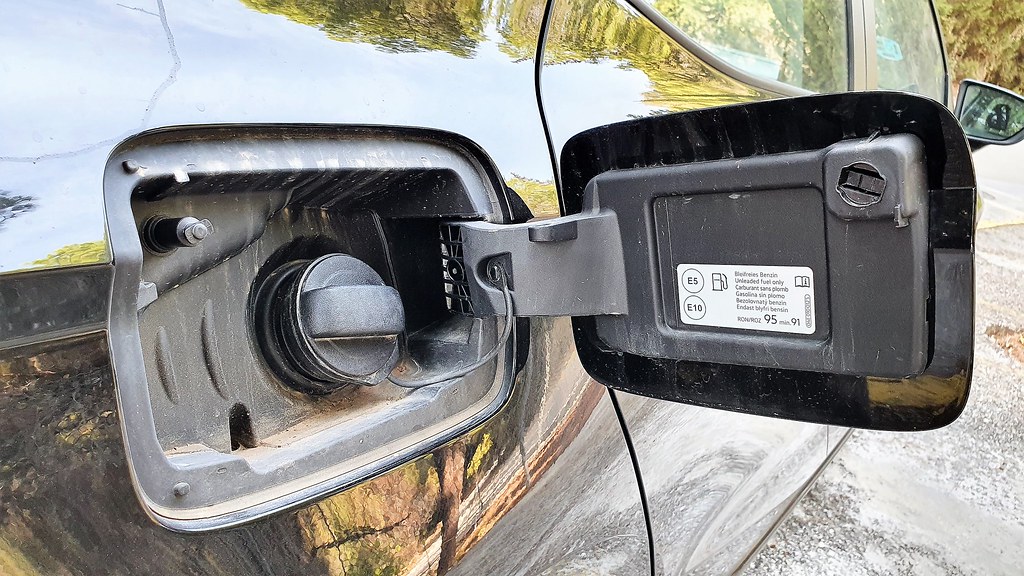
12. **Driving on Empty**
Consistently allowing your fuel tank to run dangerously close to empty before refilling is a habit that can cause serious, long-term problems for your car’s fuel system. While it might feel like you’re squeezing every last drop out of your tank, you’re actually putting critical components under unnecessary strain and increasing the risk of an inconvenient breakdown.
The fuel pump, a vital component responsible for delivering gasoline from the tank to your engine, relies heavily on the surrounding fuel to stay cool and properly lubricated. When the fuel levels drop significantly, the pump can become exposed and is much more prone to overheating. This excessive heat causes the pump to wear out prematurely, shortening its operational lifespan.
Furthermore, running your tank consistently low increases the likelihood that sediment and debris, which naturally settle at the bottom of the fuel tank over time, will be sucked into the fuel system. These contaminants can then clog the fuel filter, reducing fuel flow, or even worse, obstruct your fuel injectors. This can lead to engine misfires, reduced performance, and costly repairs to clean or replace these precision parts.
To prevent these issues, a good rule of thumb is to keep your fuel tank at least a quarter full whenever possible. This simple practice ensures the fuel pump remains submerged, cool, and lubricated, while also minimizing the chances of drawing in harmful sediment. It’s a proactive step that protects your engine, prolongs the life of your fuel system components, and helps you avoid inconvenient and expensive breakdowns.
Read more about: Keanu Reeves: Unveiling the Quiet Philanthropy and Enduring Heartbreak of a Hollywood Icon

13. **Revving the Engine in Park or Neutral**
Beyond revving a cold engine, another habit that might seem harmless, or even cool to some, is revving your engine vigorously while the car is in park or neutral. Whether it’s to generate engine noise or as an attempt to ‘clear out’ the engine, this practice sends sudden and intense bursts of power through the engine’s internal components without any actual load or resistance from the drivetrain.
When you rev an engine in park or neutral, the sudden acceleration of internal parts—pistons, crankshaft, connecting rods—to high RPMs without the corresponding workload of moving the vehicle creates significant, unnecessary stress. These rapid changes in engine speed, especially when performed repeatedly, can lead to accelerated wear on bearings, valve components, and other vital engine parts.
This kind of stress, without the engine being under load, is not what it’s designed for during normal operation. Over time, this can shorten the overall life of your engine and contribute to various mechanical issues that could otherwise be avoided. It’s a quick way to put your engine through unwarranted punishment without gaining any real benefit.
Instead of revving, the best practice is to allow your engine to idle gently or apply gradual acceleration when you begin to drive. This method ensures that the engine’s moving parts are lubricated and warmed up progressively, aligning with how the engine is engineered to perform. Adopting this habit is a smarter, more fuel-efficient way to care for your vehicle and safeguard its longevity.
Read more about: Uncovering the Hidden Habits Quietly Destroying Your Car: An Essential Guide for Drivers
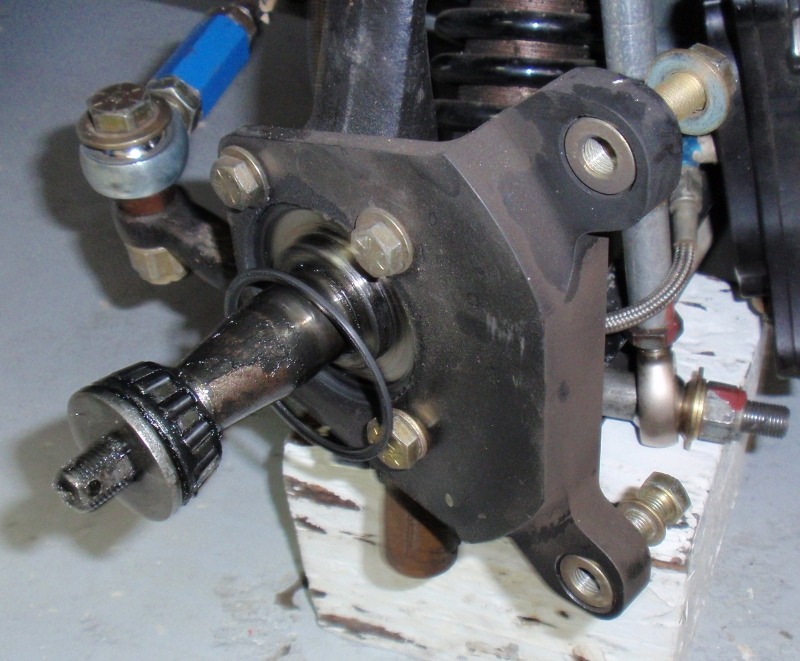
14. **Riding the Brakes on Downhills**
When descending a long or steep hill, a common and potentially damaging habit many drivers adopt is to ‘ride the brakes’—that is, keeping their foot continuously on the brake pedal to control speed. While it might seem like the most straightforward way to manage your descent, this practice can lead to severe overheating of your braking system.
Constant braking generates an immense amount of friction and heat in your brake pads and rotors. When these components overheat, their ability to effectively slow your vehicle (known as brake fade) is significantly reduced. This not only compromises your car’s stopping power, posing a serious safety risk, but it also drastically accelerates the wear and tear on your brake components, leading to premature replacement.
A safer and far more effective approach for descending inclines is to utilize engine braking. This involves downshifting into a lower gear, which allows your engine’s natural resistance to help control your vehicle’s speed. This method reduces the reliance on your friction brakes, keeping them cooler and preserving their effectiveness for when you genuinely need to slow down or stop quickly.
You can also alternate between light, intermittent braking and releasing the pedal completely, allowing your brakes to cool slightly between applications. This conscious effort protects your brakes from excessive heat, extends their lifespan, and ensures you maintain better control and safety during steep drives. Adopt this habit to save on repairs and enhance your driving confidence.
**Final Thoughts on Protecting Your Investment**
We’ve delved deep into fourteen common driving habits that, unbeknownst to many, are silently undermining the health and longevity of our vehicles. From the subtle strain of resting a hand on the gearshift to the critical consequences of ignoring air filters or revving a cold engine, each practice contributes to premature wear and tear on expensive components. Your car is an intricate system, and every small action you take behind the wheel has a ripple effect.
But here’s the powerful takeaway: recognizing these habits is the first and most crucial step towards breaking them. By adopting a more mindful and preventative approach to driving, you’re not just saving money on potential repairs; you’re actively extending the lifespan of your vehicle, improving its performance, and enhancing your safety on the road. It’s about cultivating respect for your machine and making smart choices that pay dividends in reliability and reduced ownership costs.
Read more about: Mastering Mountain Roads: Essential Practices for a Safe and Enjoyable Journey
So, take these insights to heart. Make a conscious effort to modify your driving style, engage in regular checks, and address minor issues before they escalate. Your car works hard for you every day, getting you where you need to go. By putting these actionable solutions into practice, you’ll ensure your vehicle remains a dependable partner for many years and many miles to come. It’s an investment in its future, and ultimately, in your peace of mind.


